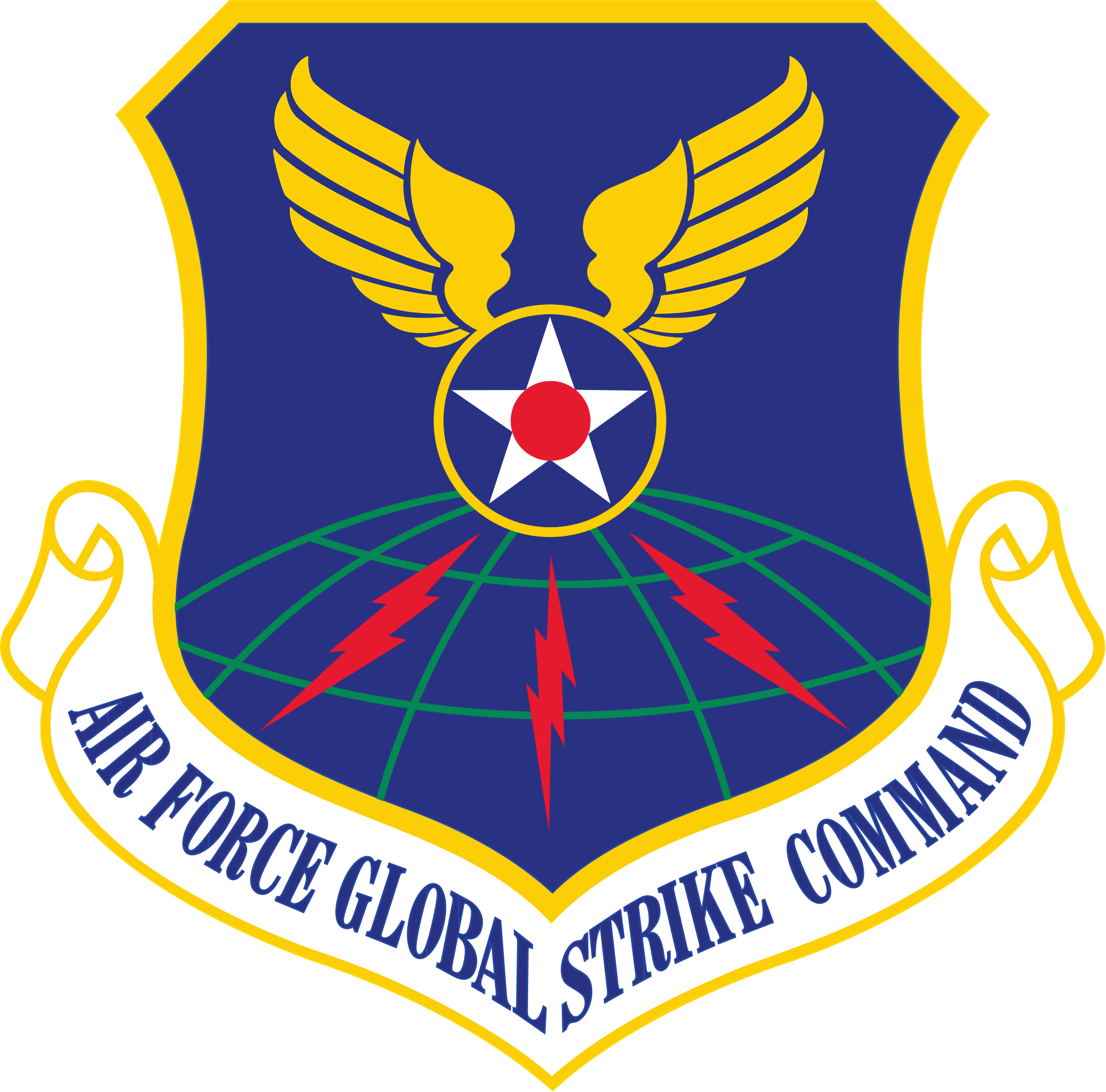The Pentagon is planning on spending a trillion dollars over the next decade on a new generation of nuclear bombers, submarines and intercontinental ballistic missiles. Together, these are known as the nuclear triad. Recently, at an event on Capitol Hill, Lt. Gen. Jack Weinstein, Air Force deputy chief of staff for strategic deterrence and nuclear integration, said, “But the triad is more than a triad. The triad also means space capability. We need the capability of early warning satellites to know what is going on. We need an unblinking eye to find out what is going on. That unblinking eye is provided by space. We need the capability of military communications, secure military communications satellites, EMP [radiation] hardened communications.”
The U.S. president is connected to military forces by a classified communication network known as NC3 which stands for nuclear command, control and communications. Weinstein said that while NC3 has not traditionally been considered as part of the triad, nonetheless it is vital to the U.S. nuclear defense. Weinstein went on to say, “I can talk all day about the importance of NC3. The president has to communicate with forces. We need command posts that can take over those missions. Then you need the processes and procedures so that crew members know that a message is authentic and valid. That is foundational to this nuclear force.”
The Trump administration has pointed out that NC3 is a system that needs to be modernized. They have suggested that NC3 needs a change in governance structure. Currently, the program is managed by Air Force Global Strike Command. Protecting satellites and signals from being jammed has become very important because China and Russia are working on techniques and technologies to disrupt and disable U.S. space assets. The Joint Staff review of NC3 was scheduled to be presented to Secretary of Defense James Mattis yesterday.
NC3 consists of waring satellites and radars; communications satellites, aircraft, and ground stations; fixed and mobile command posts; and the control centers for nuclear systems. The Nuclear Posture Review stated that many of these systems employ antiquated technology that has not been upgraded in almost three decades. The future architecture of the system needs to be designed.
When the nuclear triad systems are modernized, it is important that they be able to connect to classified Advanced Extremely High Frequency satellites that can be used for conventional and nuclear military missions. The Air Force is working on modernizing communications and early warning satellites. Integration with NC3 is critical.
The Congressional Budget Office has estimated that the cost of modernizing NC3 could be as much as fifty-eight billion dollars over ten years. This project is very important because the Pentagon will be putting the next generation of the nuclear triad into operation in ten years and these new systems will not be compatible with the antiquated NC3 system which was designed in the Sixties.
The land-based leg of the nuclear triad is referred to as the ground-based strategic deterrence. The future version of this leg will be a network of four hundred missile silos that need redundant and assured communications. The current land leg of the triad communicates over thirty thousand miles of buried copper wire that connects the three Air Force bases that host the Minuteman 3 nuclear silos. It is reliable but low bandwidth.
Weinstein said, “Everyone in the U.S. Air Force needs to understand the value of the nuclear force, just like everyone in the U.S. Air Force needs to understand the value of the space force. … Strategic deterrence in the 21st century is more than just nuclear. It’s space, cyber and conventional.”
